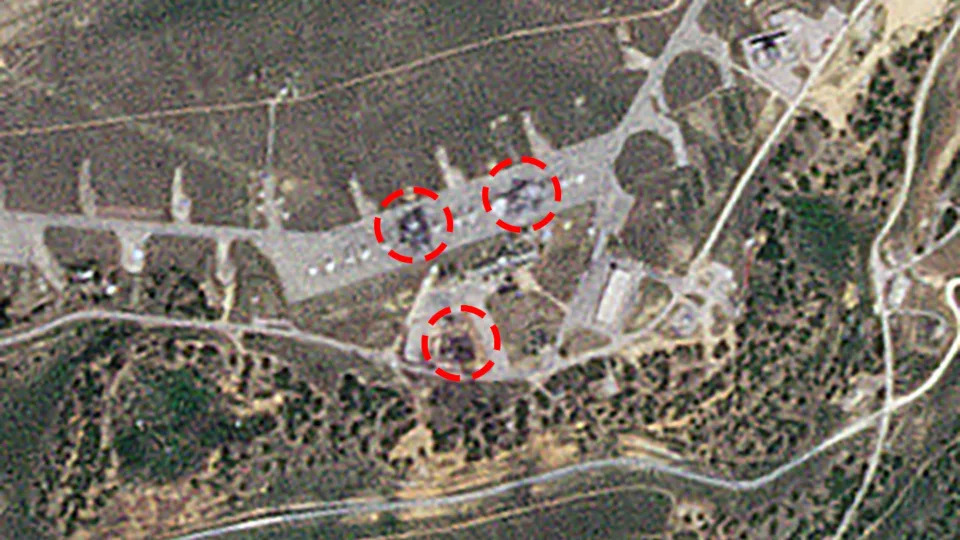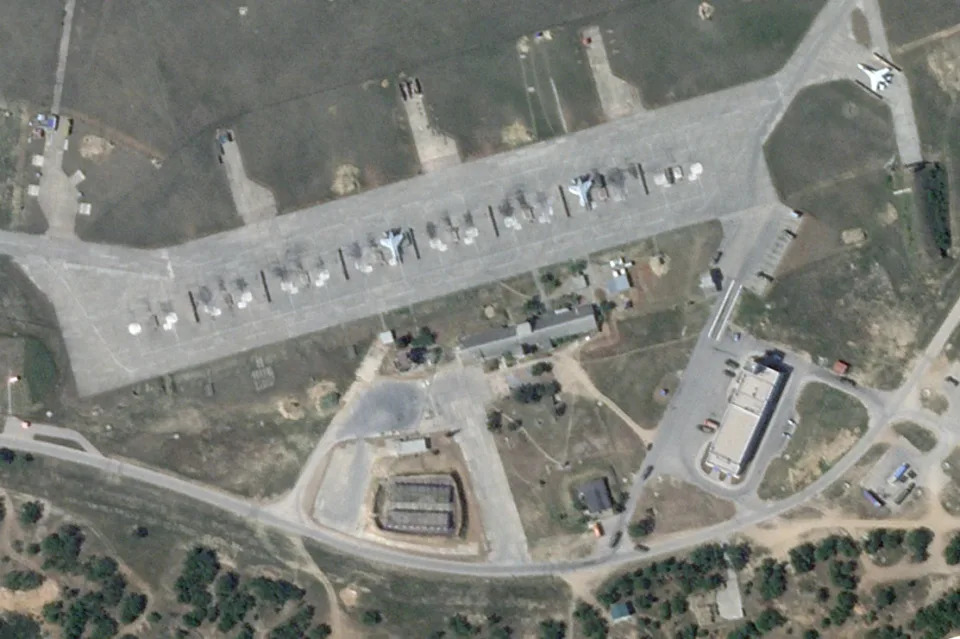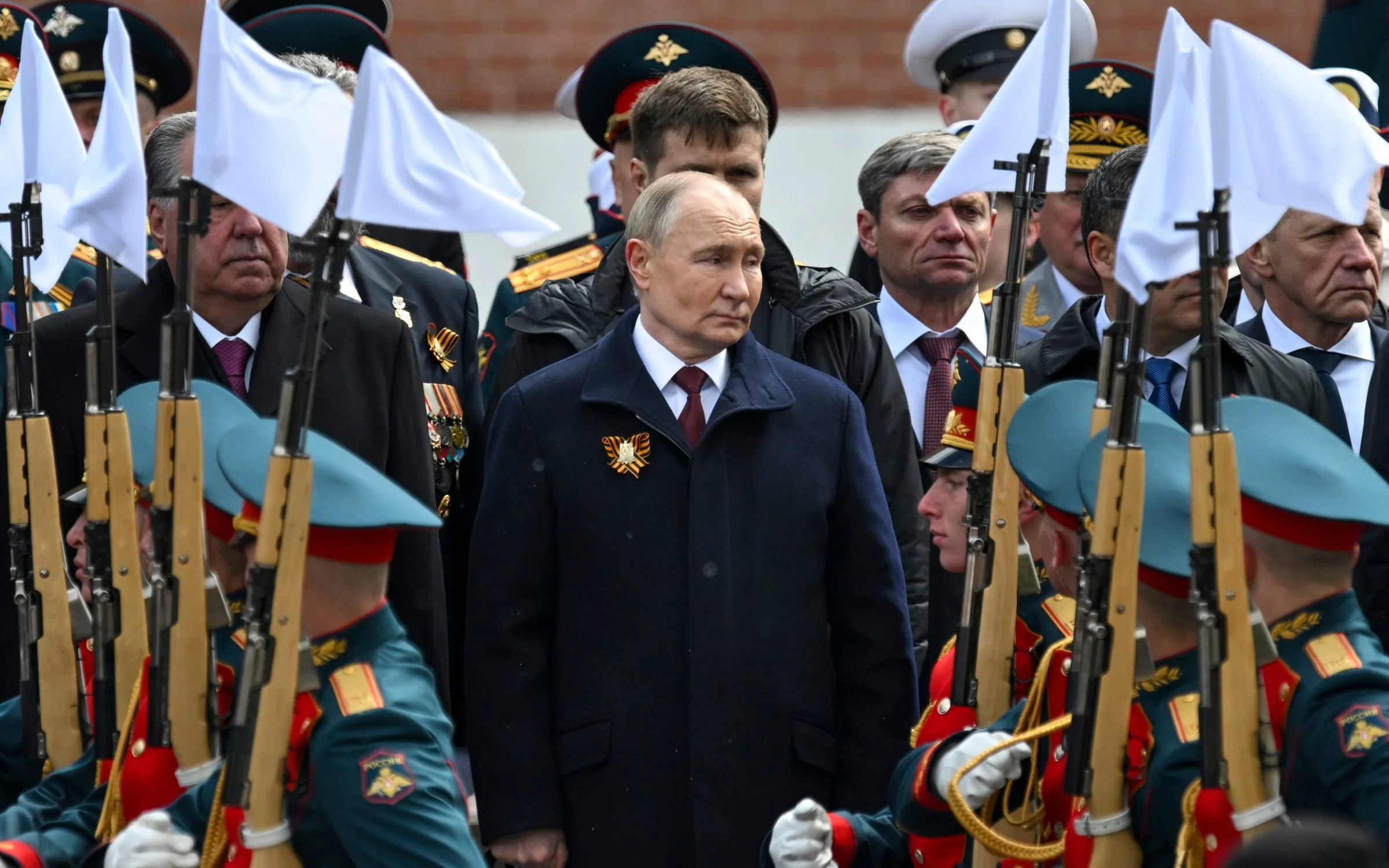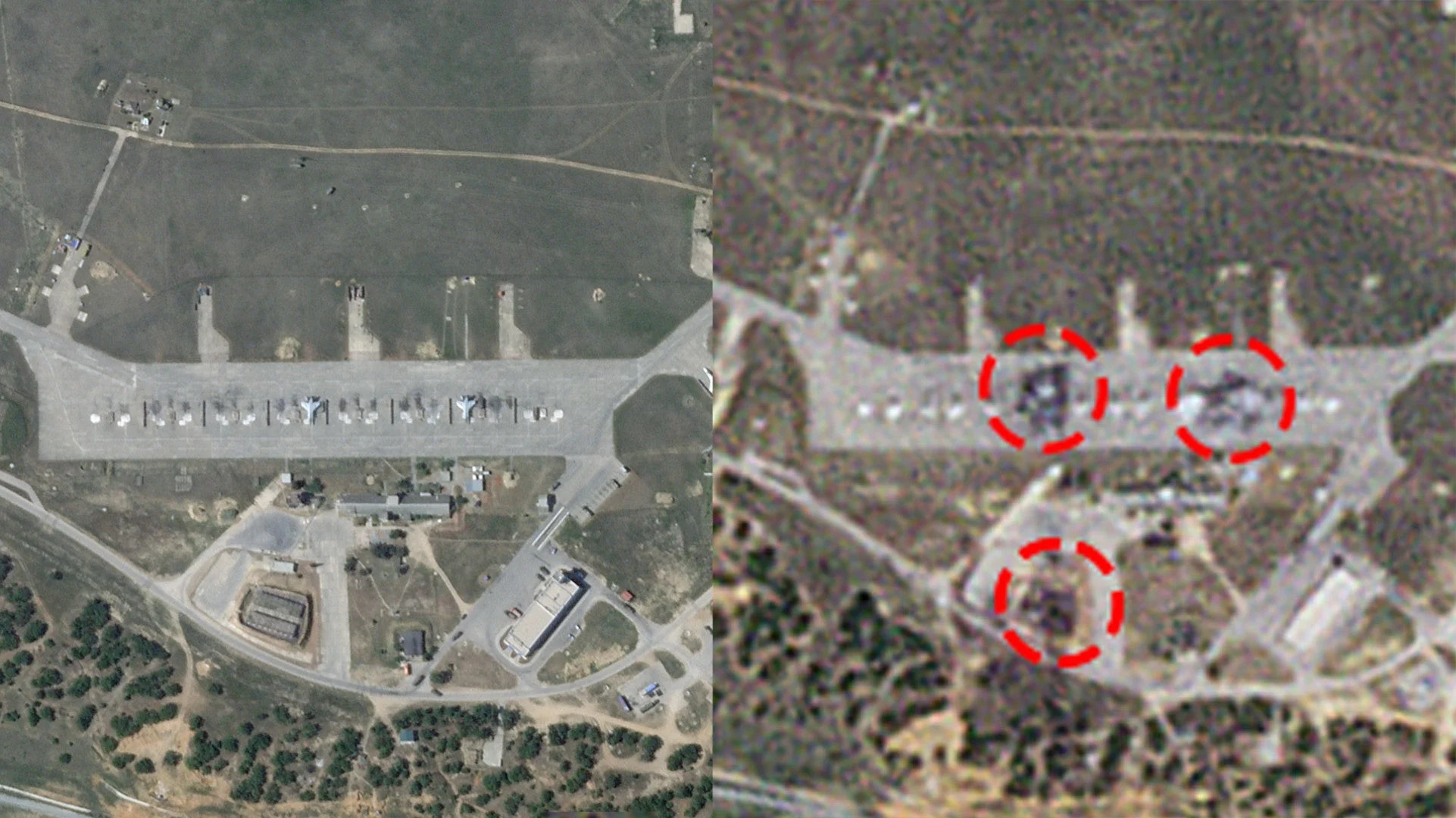Some Russian soldiers are luckier than others -
A class disparity has emerged within the Russian military, contrasting the fates of ordinary soldiers and the privileged elite. This divide has ignited widespread anger and criticism, even among top-level troops who feel betrayed by their leadership during the ongoing battle over Ukraine.
In a recent intelligence update, the UK Ministry of Defence detailed the existence of a specialised military unit, “Bars Kaskad,” designed to recruit individuals from affluent and influential Russian families. This unit, primarily engaged in drone operations far from the front lines, offers a markedly different experience from the harsh realities faced by ordinary Russian soldiers.
The simmering discontent reached a boiling point when soldiers from the 155th Naval Infantry Brigade, an elite corps of the Russian army, published an open letter condemning their superiors for using them as “cannon fodder” in Ukraine. This letter, which gained significant traction on social media platform Telegram, highlighted the devastating losses suffered by the Brigade during a disastrously executed offensive near Donetsk.
“Due to the ‘carefully’ planned offensive by the ‘great commanders’, we lost about 300 people and 50 per cent of our vehicles,” the letter read. The soldiers’ blunt criticism went viral in Russia, forcing the Russian military to address these grievances publicly for the first time since the conflict began.
In stark contrast to the harrowing experiences of the 155th Brigade, the Bars Kaskad unit represents a haven for Russia’s upper crust. Established by Dmitry Sablin, Deputy Chairman of the State Duma’s Defence Committee, the unit is comprised of members from the pro-Putin United Russia Party and sons of Kremlin high-ranking officials. These individuals are stationed far from the front lines, engaging in drone operations that keep them out of harm’s way.
The formation of Bars Kaskad, operational since October 2022, was criticised as a means for the elite to circumvent compulsory military service while maintaining a veneer of patriotism. Analysts suggest that this unit allows members to publicly demonstrate their service without the associated risks, lending credibility to their future political careers and maintaining their social standing.
But this disparity has not gone unnoticed amongst the rank and file. Ordinary Russian soldiers bearing the brunt of the conflict can see their elite counterparts enjoying relative safety and privilege. The stench of cynicism is exacerbating the morale crisis among Russian troops.
Military analyst Ruslan Leviev noted, “Kaskad is specially created for all kinds of famous people and officials who are looking to publicly demonstrate that they have gone to war and stood up for their country. You sit somewhere in the rear, drink tea, come back with a medal and titles, and go on to build your political career as a participant in the war.”
In one instance, Alexei Blinovsky, the husband of Russian influencer and blogger Yelena Blinovskaya, joined Bars Kaskad to avoid legal repercussions over her tax evasion and secure her release.
The use of ordinary Russians as “cannon fodder” while the privileged few secure safe billets in units like Bars Kaskad exemplifies the deep-seated inequalities that persist in Russian society as a whole. As ordinary soldiers continue to face the brutal realities of war, the elite’s ability to opt-out of danger raises serious questions about how long Moscow can continue to mistreat ordinary citizens before facing a revolt.
Get AfriPrime Android Web View app....Click the link to Amazon app store to download https://rb.gy/3xek46
Damage To Russia's Belbek Air Base In Crimea Seen After Ukrainian Strikes
Satellite imagery of Russia's Belbek Air Base on the occupied Crimean Peninsula shows damage from Ukrainian strikes earlier this week.
Satellite imagery confirms that a portion of the flightline and adjacent areas at Russia's Belbek Air Base on the occupied Crimean peninsula were damaged in Ukrainian strikes this week. Russian MiG-31 Foxhound interceptors were observed in the same area of the installation just two weeks ago. Other parts of the base sustained damage, as well.
Ukraine's recent attacks on Belbek, at least one of which occurred on the night of May 14-15, and another of which may have come last night, are already known to have destroyed portions of an S-300 or S-400 air defense system. They look to have involved, at least in part, the use of U.S.-made Army Tactical Missile System (ATACMS) short-range ballistic missiles. You can read more in The War Zone's initial reporting here.
A low-resolution satellite image of Belbek taken earlier today that The War Zone obtained from Planet Labs clearly shows at least two large scorched areas on a section of the primary flightline located in the central area of the base. A pair of MiG-31s were seen at the same spots in a previous satellite image of the base shot on May 1st and the Foxhounds are regularly observed parked in this area.
Get AfriPrime Android Web View app....Click the link to Amazon app store to download https://rb.gy/3xek46

The image also shows another facility directly adjacent to the flightline was hit. This appears to be a fuel or ammo dump of some kind.

The S-300/S-400 that was struck in the attacks, including what looked to be a 92N6 ‘Grave Stone’ radar that was destroyed, does not show up in the low-resolution imagery, which is not surprising. The level of detail offered by this type of image makes only very large changes to the area being examined easy to decipher. The use of cluster munitions can result in damage to equipment that would not even show up on high-resolution satellite images. As such, we need to be cautious as to the interpretation of the low-resolution images.
A separate partial high-resolution image of Belbek from Planet Labs, also taken today, appears to show one revetment where fighter aircraft park has been severely charred or is filled with a burned-out material, such as an aircraft. Su-35S and Su-30SM Flanker fighters and Su-34 Fullback combat jets have been observed at the base in the past, but are also regularly moved around between different revetments and aprons in order to complicate targeting of potential Ukrainian attacks.

There also looks to be a change of some kind visible in the low-resolution image to an area further to the southwest of the apron that was struck. Previous imagery shows a small structure there, but it is unclear what may have happened to it.


It is worth noting that the visibly damaged areas are broadly in line with where publicly available data from NASA's Fire Information for Resource Management System (FIRMS) had indicated the presence of blazes following the Ukrainian strikes. Pictures and videos said to have been taken by individuals near the base during the strikes earlier this week also showed fires.
Get AfriPrime Android Web View app....Click the link to Amazon app store to download https://rb.gy/3xek46
After the strikes on Belbek on May 14-15, images emerged showing apparent remains of ATACMS short-range ballistic missiles and unexploded M74 submunitions that some versions of those weapons carry. This reflects the reported delivery earlier this year of longer-range ATACMS versions to Ukraine. Belbek would have been out of reach of the variants of these missiles that Ukraine received initially.
As The War Zone has highlighted repeatedly in the past, ATACMS types with cluster munitions payloads are particularly well suited for targeted aircraft, surface-to-air missile systems, and other important thin-skinned assets out in the open, including at air bases. As such, using those weapons to target the flightline and air defense sites at Belbek makes perfect sense.
Belbek is also a high-priority target since the aircraft and air defenses based there help provide critical screening for the nearby Russian naval base at Sevastopol. Ukrainian forces have also repeatedly targeted Sevastopol and the Russian ships there with long-range strikes and uncrewed surface vessel attacks.
Before the aforementioned ATACMS, there has been a new public surge in U.S. military assistance for the Ukrainian armed forces in recent weeks following the resolution of an impasse in Congress, as well. This all comes amid continuing concerns about Russian gains in Ukraine, including as a byproduct of shortfalls in foreign military aid to Ukraine, especially from the United States.
The targeting the Belbek this week, which we can now see caused damage to at least a part of the flightline and other areas, as well as destroyed portions of a prized air defense system, shows that Ukraine is already working to re-up the pressure on Russian forces in Crimea.
Get AfriPrime Android Web View app....Click the link to Amazon app store to download https://rb.gy/3xek46




